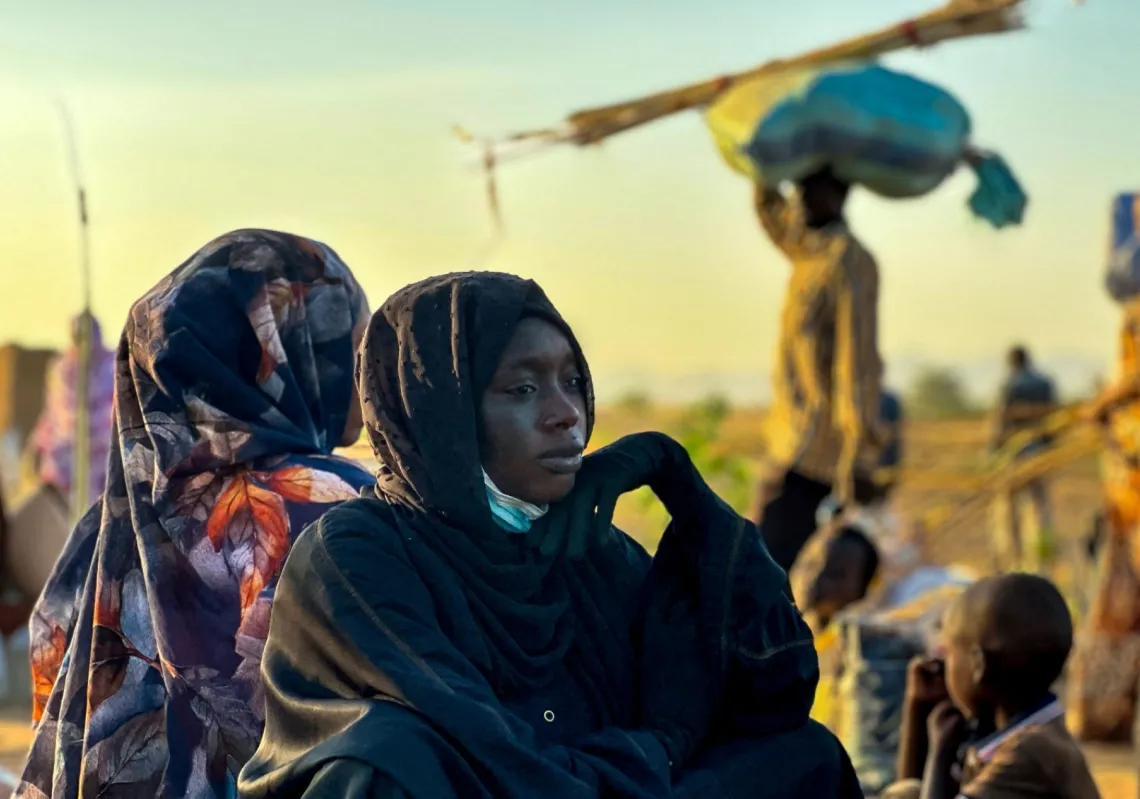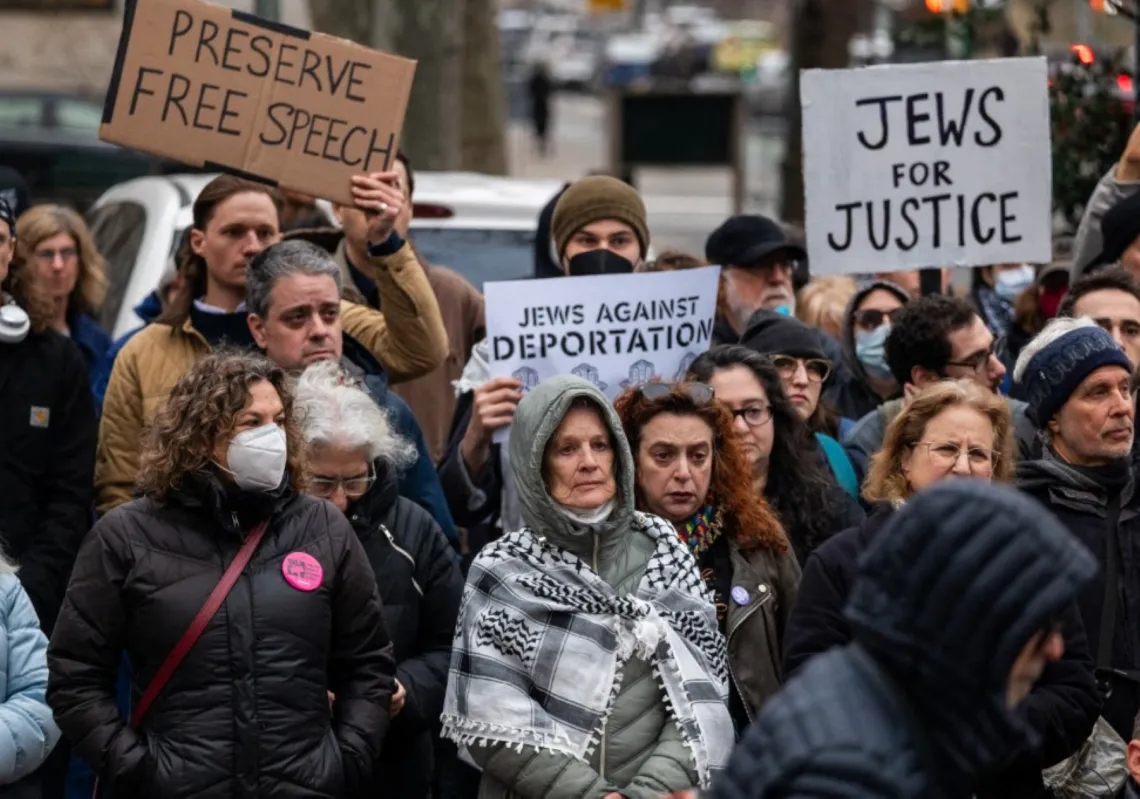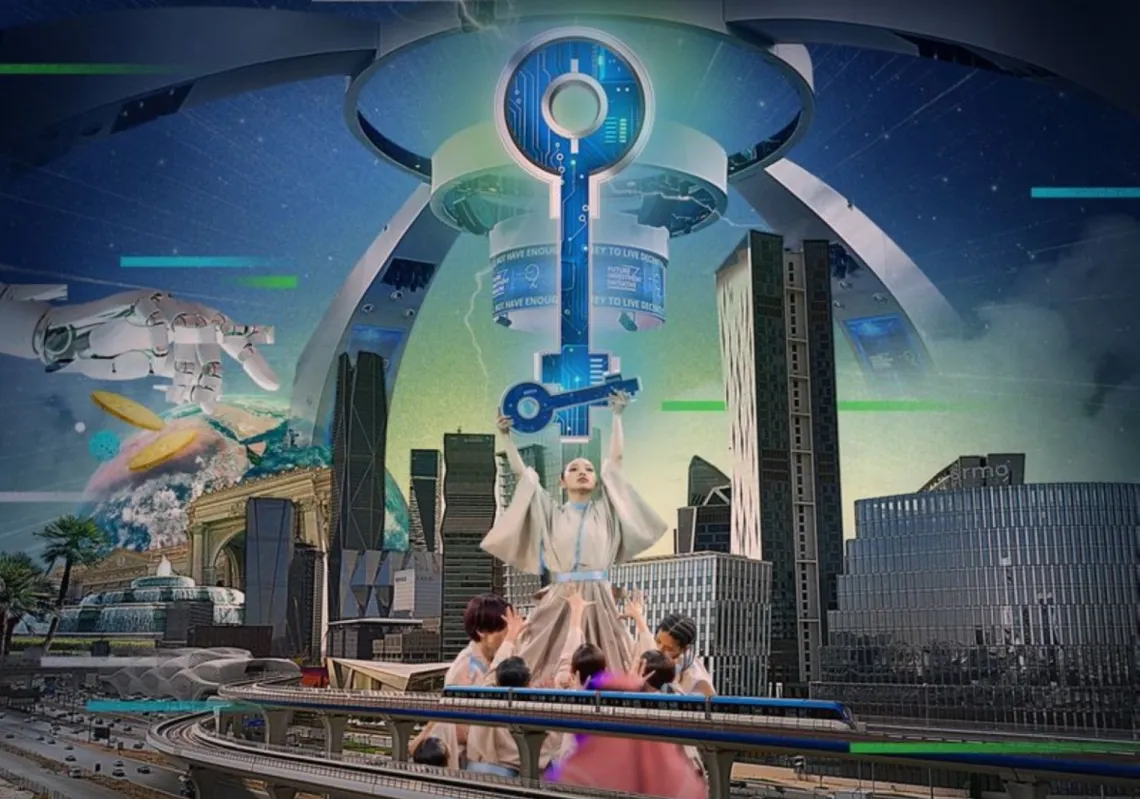 1. North Korea's leader Kim Jong Un (L) and US President Donald Trump leave following a signing ceremony during their historic US-North Korea summit, at the Capella Hotel on Sentosa island in Singapore on June 12, 2018. (Getty)[/caption]
1. North Korea's leader Kim Jong Un (L) and US President Donald Trump leave following a signing ceremony during their historic US-North Korea summit, at the Capella Hotel on Sentosa island in Singapore on June 12, 2018. (Getty)[/caption]
by Ankit Panda and Vipin Narang
Two months ago, U.S. President Donald Trump held a historic summit with North Korean leader Kim Jong Un in Singapore. For Trump, the key aim of the meeting was to extract a commitment from Kim to “denuclearize,” which for Trump meant Kim unilaterally surrendering his nuclear weapons. For Kim, the aim of the summit was to shake Trump’s hand as an equal and as the leader of a nuclear power. It was also an attempt to take the air out of the U.S. “maximum pressure” campaign by showing China and Russia that Kim was making a good-faith effort to negotiate with the United States. Kim had no intention of unilaterally surrendering his nuclear weapons, which he has called North Korea’s “treasured sword of justice,” and he never committed to do so.
Sixty days since that meeting, things are going well—for Kim. Although Trump is desperate to continue claiming that he “solved” the North Korean nuclear threat at Singapore, as many predicted, North Korea continues to expand its nuclear and ballistic missile arsenals and has played its diplomatic hand brilliantly. It has burned a lot of time while taking largely cosmetic steps on its nuclear weapons program, such as partially destroying its nuclear test site and engine test facility, neither of which it needs to mass-produce nuclear weapons and ballistic missiles. These steps give up just enough to keep Trump at bay and allow Beijing and Moscow to provide Pyongyang with trade and energy, thereby deflating maximum pressure. How did North Korea get to this point, and where do we go from here?
THE NUCLEAR QUESTION
In Singapore, Kim signed his name to a declaration pledging “to work toward the complete denuclearization of the Korean Peninsula.” Denuclearization, however, was the third step in the sequence of commitments, after establishing “new U.S.-DPRK relations” and building a “peace regime” with the United States. Pyongyang is now reminding Washington that sequence matters: work toward denuclearization will follow only after efforts are made toward these first two objectives, which entail a wholesale transformation in the U.S.–North Korean relationship. It should thus be unsurprising that there is little to show on the North Korean disarmament front. Whatever “complete denuclearization of the Korean Peninsula” might mean to a lay observer, or Trump, it has a specific meaning for North Korea—a meaning that made it possible for Kim to sign on to such a statement after celebrating the so-called completion of his nuclear deterrent just months earlier.
For Kim, complete denuclearization of the peninsula would at least entail a package of concessions from the United States, including, but not limited to, removal of extended deterrence assurances from South Korea, security assurances for the North Korean regime, and even the establishment of a nuclear weapons–free zone on the Korean Peninsula. It could also literally refer to universal disarmament—North Korea will give up its nuclear weapons when the United States does. Either way, the phrase agreed to in Singapore does not amount to unilateral disarmament and certainly not the “final, fully verified denuclearization of North Korea”—U.S. Secretary of State Mike Pompeo’s latest reformulation of “complete, verifiable, and irreversible dismantlement,” which has been repeatedly rejected by North Korea since its coinage in the first decade of this century. As a good-faith gesture of its commitment to disarmament, Secretary Pompeo reportedly demanded that North Korea hand over 60 to 70 percent of its nuclear arsenal in his July follow-up trip to Pyongyang. Unsurprisingly, the North Korean Foreign Ministry responded by publicly calling Pompeo’s demands “gangster-like” and not aligned with the spirit of Singapore. Simply put, Kim did not agree to unilaterally relinquish any of his nuclear weapons—not once.
Consider the series of leaks on the status of North Korea’s nuclear and ballistic missile program in the weeks since the summit. North Korean centrifuges for uranium enrichment continue to spin, as even Pompeo acknowledged during a July testimony before the Senate Foreign Relations Committee. Elsewhere, one—perhaps two—Hwasong-15 intercontinental ballistic missiles (ICBMs) are undergoing assembly. At a separate facility, meanwhile, North Korea continues to manufacture integrated launch vehicles for its highly responsive and flexible solid-fuel missile, the Pukguksong-2. Elsewhere still, the country’s Chemical Material Institute in Hamhung—associated with the advanced materials science necessary to develop efficient and threatening solid-fuel missiles—has expanded.
This activity does not suggest Kim is being duplicitous or is “cheating.” He never promised to stop producing nuclear weapons or ballistic missiles. In fact, quite the opposite. In his 2018 New Year’s Day address, Kim directed North Korea’s “nuclear weapons research sector and the rocket industry” to “mass-produce nuclear warheads and ballistic missiles.” It is clear now that Kim is following through on what he said he would do.
At the same time, the voluntary North Korean moratorium on nuclear and long-range missile testing and the shuttering of several test sites do not suggest an intent to denuclearize, at least not in the way that Pompeo envisions. Without proper expert verification, we will be left to guess as to how substantive these steps actually are. North Korea’s sequence of six nuclear tests, culminating in a plausibly thermonuclear design, probably makes it unnecessary to further conduct full-yield nuclear tests to expand the arsenal. In April, Kim acknowledged for the first time that North Korea was now conducting subcritical nuclear testing—tests that do not result in a nuclear yield and can therefore be performed without detection—which likely allows it to continue to improve its existing nuclear designs. Similarly, blowing several entrances to tunnels at the Punggye-ri test site is both reversible and does little to inhibit the program’s growth and improvement. Along the same lines, partially dismantling a liquid-fuel engine test stand at the Sohae Satellite Launching Station, although useful for U.S.–North Korean confidence building, is largely cosmetic. Pyongyang may already have confidence in the engine for its liquid-fuel ICBMs, and the site has no bearing on the improved solid-fuel capabilities North Korea may want to develop in the future for greater mobility and responsiveness. (In general, liquid-fuel missiles must be fueled before use, whereas solid-fuel missiles are manufactured with their fuel built in and ready to go.)
PYONGYANG'S STRATEGY
Two months out from Singapore, North Korea is pursuing a three-pronged strategy to talks with the United States.
First, Kim has focused on offering up technical concessions that have little to no bearing on his ability to build out a robust nuclear force. This is sensible for North Korea. The Trump administration has positively interpreted the Punggye-ri nuclear test site dismantlement video footage and satellite imagery showing dismantlement activity at Sohae as coming in response to Trump’s Singapore initiative—even if neither concession meaningfully caps North Korea’s production of new missiles and warheads.
Second, North Korea is beginning to decouple diplomacy at the leaders’ level from ongoing talks at the working group level—attempting to drive a wedge between Trump and his own administration. Simply put, Kim has decided to emphasize the “spirit” at Singapore between him and Trump rather than Pompeo’s more workmanlike approach focusing on the details of North Korea’s “final, fully verified denuclearization.” North Korea seems to want to make Trump choose: continue to live in denial about disarmament and you can have your “peace win,” or succumb to your administration’s hawks and return to the high tensions of 2017.
Two recent North Korean statements support this interpretation. First, after Pompeo’s early July trip to Pyongyang, the North Korean Foreign Ministry released a statement bemoaning his “regrettable” approach in demanding unilateral disarmament. It continued that the “good personal relations forged” between Kim and Trump “would be further consolidated through the process of future dialogues.” By early August, Trump received another letter from Kim, underlining this North Korean attempt to keep momentum running at the leaders’ level. Trump referred to it as a “very nice letter” and seems to want to continue chalking Singapore up as a win. After Singapore, Kim will deal only with Trump directly. Pompeo was supposed to meet him in July when he visited Pyongyang, but Kim opted to go visit a potato farm instead.
Separately, at the ministerial meeting of the Association of Southeast Asian Nations Regional Forum in Singapore in early August, North Korean Foreign Minister Ri Yong Ho emphasized that the Singapore statement agreed to by Trump and Kim “should not be permitted to fall prey to the American internal politics, inviting an adverse wind at odds with the intentions of the leaders.” For North Korea, the path to success is to sideline the influence of Trump’s deputies—including Pompeo and certainly National Security Adviser John Bolton—and continue granting concessions, such as the repatriation of remains, that please Trump. But it does so under Pyongyang rules: dragging out concessions until the very last minute and then granting only partial ones, so a single concession can be milked for a long time—the steel superstructure at a test site after six weeks, the concrete stand at the site as a separate concession six months later.
Third, North Korea is successfully using its diplomatic maneuvering with the United States as further leverage to drive a wedge between the United States and South Korea in the inter-Korean peace process. As a result, much will rest on the fifth inter-Korean summit—the third between Kim and South Korean President Moon Jae-in—now scheduled for September.
Moon will face a dilemma. On one flank, Kim will expect a clear answer from South Korea on when the promise of Panmunjom—the economic dividends of rapprochement—will materialize, a development that cannot come about absent sanctions relief at the United Nations Security Council. Separately, Moon will be under pressure from the United States to nudge Kim toward a concrete gesture of denuclearization—one that Pompeo and Bolton can plausibly tout as progress. Since the Winter Olympics in February, it has been Moon who has conveyed North Korea’s bona fide intention to dismantle components of its nuclear weapons and ballistic missile programs. But now it’s clear that whatever Kim might have told Moon in the springtime was not destined to bloom over the summer. For North Korea’s long-standing goal of driving a wedge between Seoul and Washington, however, placing Moon in this sort of dilemma is a feature—not a bug—of the post-Singapore diplomatic process.
[caption id="attachment_55257330" align="aligncenter" width="1024"]
 North Korean leader Kim Jong-Un (C) watching the launch of an intermediate-range strategic ballistic rocket Hwasong-12 at an undisclosed location near Pyongyang. On August 29, 2017. (Getty)[/caption]
North Korean leader Kim Jong-Un (C) watching the launch of an intermediate-range strategic ballistic rocket Hwasong-12 at an undisclosed location near Pyongyang. On August 29, 2017. (Getty)[/caption]
CAN WASHINGTON RECOVER?
As it stands, Kim clearly has the upper hand. Exploiting Trump’s desire to put Singapore in the win column and move on, North Korea is testing how long and how far it can go before Trump stops living in denial about North Korea’s expanding nuclear program. Pyongyang is unlikely to brazenly provoke Trump with a missile or nuclear test, but a test of, say, a satellite launch vehicle could reveal just how much Trump can keep the hawks in his administration quiet.
What can the United States do to recover from being on the back foot? Above all, it can focus on trying to establish a stable deterrence regime rather than pressing for immediate unilateral disarmament, ensuring that nuclear dangers on the Korean Peninsula are managed responsibly. This would be both more realistic and more effective in the long run.
What would this look like? As unlikely as it may be given Pyongyang’s ongoing opacity over its production activities, the United States could press North Korea to fully disclose its nuclear and missile arsenal and facilities and then work toward capping production, arms control, and nuclear restraint. Kim may be willing to accept this exchange for, perhaps, modest sanctions relief and possibly a formal or informal peace regime and security guarantees backed by an adjusted military footprint. Pyongyang may not surrender any of its capabilities, but there may be a North Korean force size with which both sides are comfortable. This would mean allowing North Korea sufficient confidence in its deterrent force without allowing its unlimited growth to a point where the United States and its allies require serious force changes of their own, which could cause the security dilemma on the peninsula to spiral out of control. The United States should further encourage North Korea to be a responsible nuclear weapons power, like India—and secure a commitment from Pyongyang to not proliferate to other countries, while focusing instead on economic growth, something North Korea has already expressed a desire and willingness to do. This, of course, requires acknowledging North Korea as a nuclear weapons power, but that is a reality no one can any longer deny.
These objectives are realistic for both sides and can reinvigorate the diplomatic effort. Although they will be difficult and time-consuming to achieve, they may also be the only way to avoid catastrophe, because the risk if the “denuclearization by denial” strategy fails is that there has been only one alternative presented by the administration: denuclearization by force.
This article was originally published on ForeignAffairs.com.








